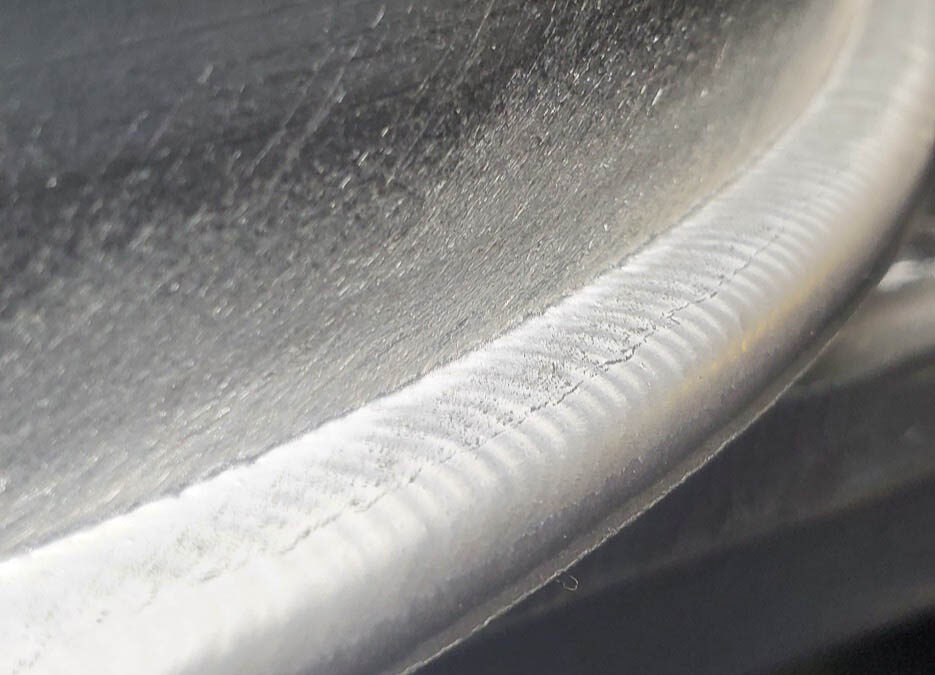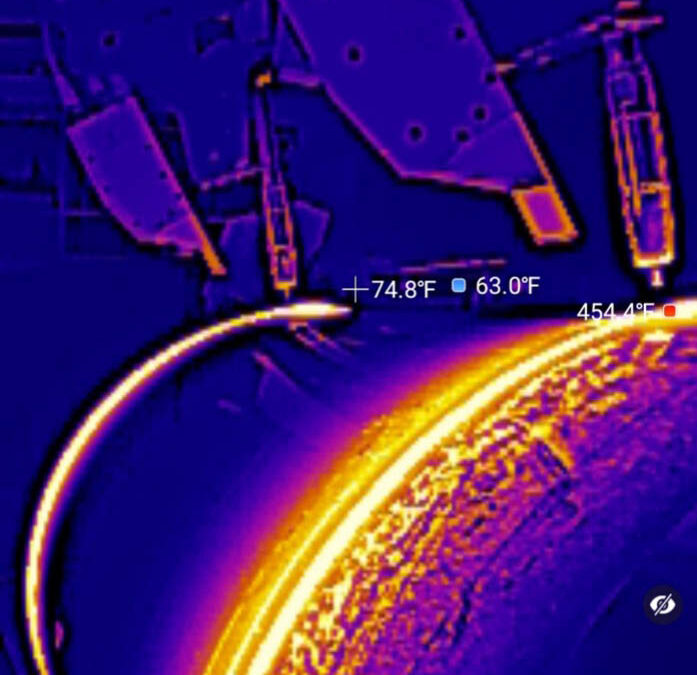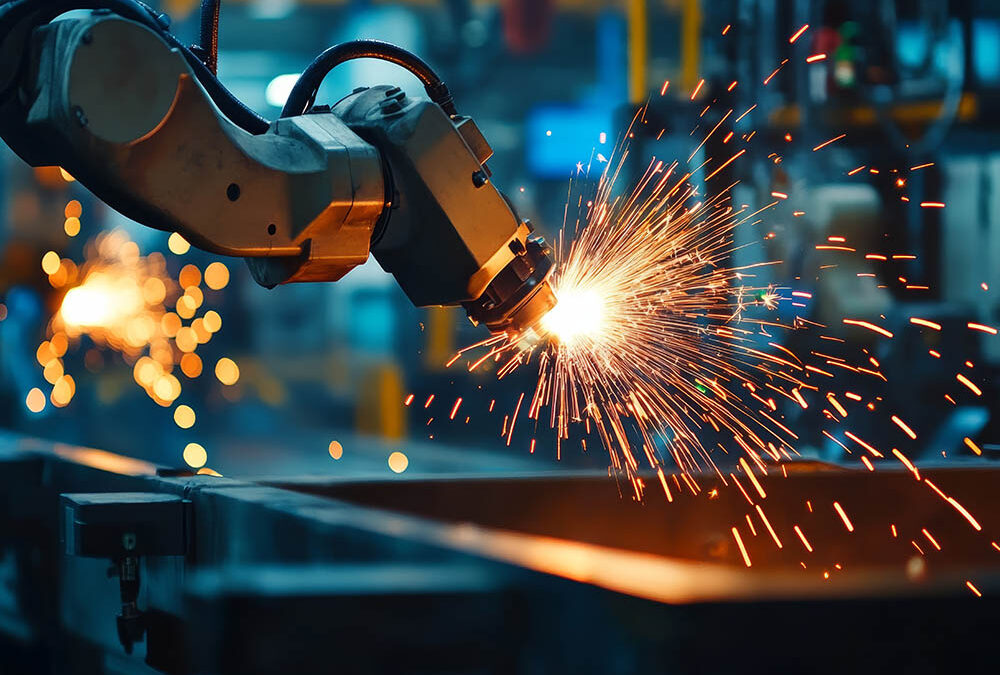Bancroft Engineering stands at the forefront of manufacturing innovation, specializing in designing and producing cutting-edge automated welding equipment. Laser Beam Welding (LBW), a signature technology, is a testament to this. LBW uses laser beams to achieve coalescence between materials, often without using filler metal—making the process predominantly autogenous. Read on for the pros and cons.
Pros of Laser Beam Welding
Optimized Heat Input: Laser beam welding equipment is designed to deliver exactly the amount of heat necessary—significantly reducing distortion caused by heat exposure while simultaneously mitigating any adverse metallurgical effects in the heat-affected zone (HAZ).

Enhance Thickness Capability: Enhanced thickness capability enables single-pass welding of metals up to 3.2 mm thick for time and material savings.
Electrode-Free Operation: The LBW process eliminates the need for electrodes to conduct current, which avoids issues related to electrode contamination and damage that are common in other welding processes.
Zero Tool Wear: As a noncontact process, Laser beam welding eliminates tool wear to maximize equipment lifespan while decreasing maintenance needs
Precision and Accessibility: LBW machines feature laser beams that can easily be focused, aligned, and directed, enabling welding in otherwise inaccessible areas while optimizing positioning relative to the workpiece.
Versatile Material Compatibility: This type of welding machinery offers versatility when it comes to material compatibility. Capable of welding various materials with various physical properties, it helps support complex part creation.
Automation and Control: LBW equipment is fully compatible with computer numerical controls (CNCs) and computer-controlled welding systems, providing unrivaled efficiency and consistency for automated welding solutions.
Magnetic Field Immunity: Laser beam welding processes are generally unaffected by magnetic fields, providing reliable welding performance.
Efficient Production Flow: With beam-switching optics, automated welding equipment can efficiently distribute laser beams across multiple workstations for efficient workflow and production time optimization.
The Cons of Laser Beam Welding
Bancroft Engineering recognizes the limitations associated with LBW welding equipment, so we are continuously developing new solutions and ways to maximize the process. Many power supplies are not yet developed for automation but Bancroft has the capability of designing their own in-house automation controls.
Advanced Positioning Systems: Our machines feature advanced positioning systems designed to align joints perfectly with the laser beam for superior welding quality.
Robust Clamping Mechanisms: Our engineers have designed robust clamping solutions that maintain proper alignment during welding processes. We understand the unique challenges associated with joining surfaces mechanically.
Specialized for High Reflectivity Metals: Our equipment excels at welding metals known for their high reflectivity and thermal conductivity, such as aluminum, stainless steel, and copper alloys, with traditional LBW welder issues being resolved without difficulty.
Cost-Effective Operation: Although laser welding technologies have much higher upfront costs, Bancroft Engineering’s designs for efficiency and longevity in order to guarantee long-term returns through increased productivity and reduced operational expenses.
Laser Beam Welding Machine Builder
Bancroft Engineering takes great pride in offering advanced LBW equipment that embodies innovation, quality and efficiency. Our solutions not only address specific LBW challenges but also create new possibilities in automated welding; helping our clients achieve superior results in their manufacturing processes.



